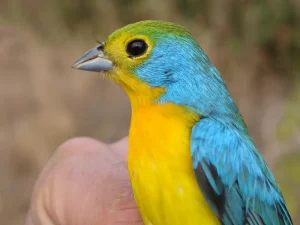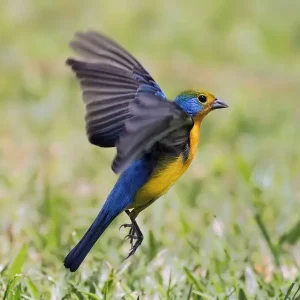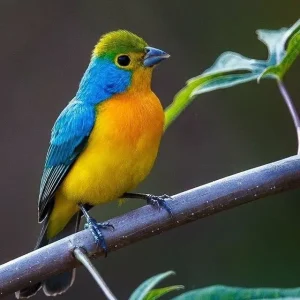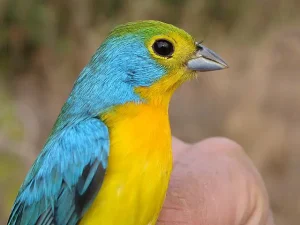The Enchanting Beauty of the Orange-Breasted Bunting: A Symphony of Turquoise Blue, Green, Yellow, and Burnished Orange
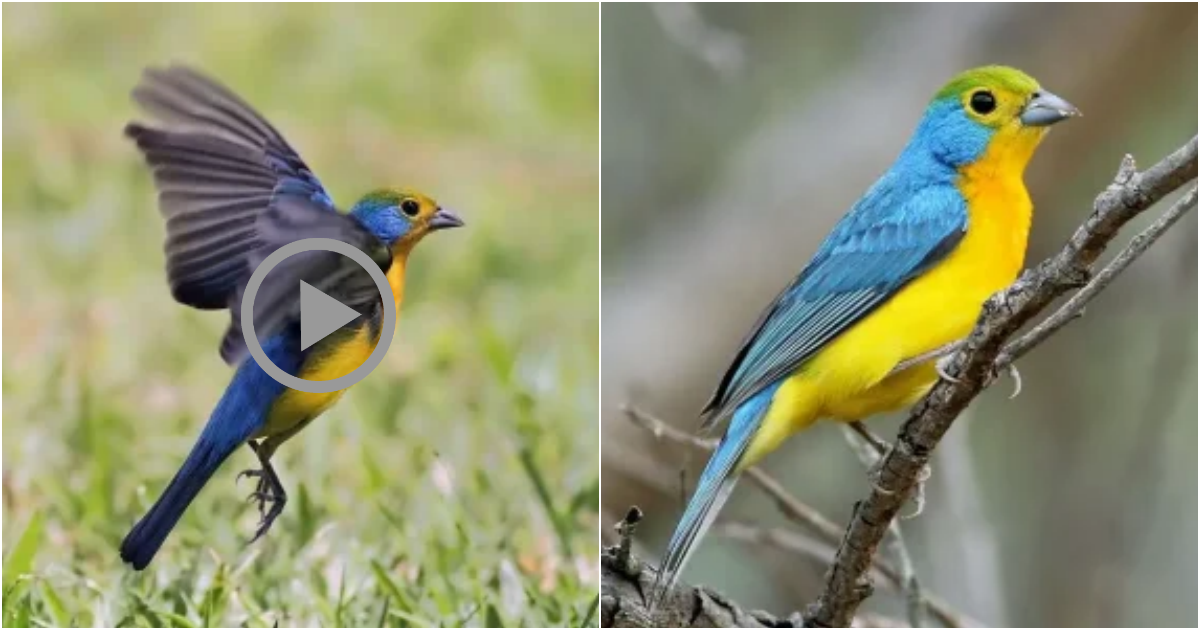
The orange-breasted bunting, scientifically known as Passerina leclancherii, is a charming passerine bird belonging to the Cardinalidae family. With a petite size of approximately 5 inches, the adult male sports an enchanting combination of colors. It showcases a pale green crown, a vibrant turquoise blue nape and upperparts with occasional hints of green, and a magnificent turquoise tail. The bird’s lores, eye-ring, and belly display a lovely canary yellow hue, transitioning to a deep golden-orange shade on the breast. Both males and females possess eye-catching yellow eye-rings.
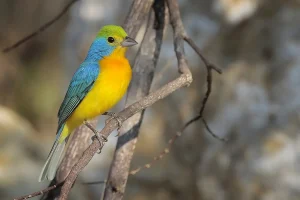
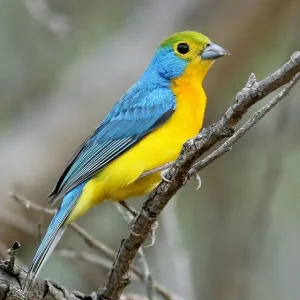 This splendid species is native and endemic to the Pacific slope of Mexico. It thrives in various habitats, including tropical dry forests, arid scrublands, thorny thickets, bushy deciduous woodlands, clearings, and wooded edges. It can be found at altitudes of up to 3,000 feet. Interestingly, the orange-breasted bunting shows a preference for secondary growth rather than undisturbed forests. Its diet varies with the seasons, as it feeds on seeds during winter and insects during summer. The bird’s bill is smaller compared to most cardinalids, likely reflecting its specialized feeding habits.
This splendid species is native and endemic to the Pacific slope of Mexico. It thrives in various habitats, including tropical dry forests, arid scrublands, thorny thickets, bushy deciduous woodlands, clearings, and wooded edges. It can be found at altitudes of up to 3,000 feet. Interestingly, the orange-breasted bunting shows a preference for secondary growth rather than undisturbed forests. Its diet varies with the seasons, as it feeds on seeds during winter and insects during summer. The bird’s bill is smaller compared to most cardinalids, likely reflecting its specialized feeding habits. 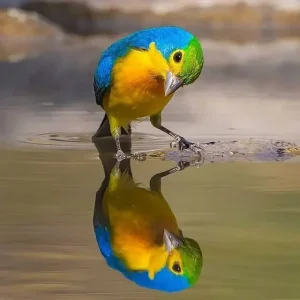
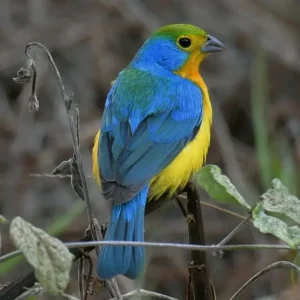 Breeding for the orange-breasted bunting occurs from May to June. During this period, a cup-shaped nest is meticulously constructed using rootlets, grasses, and dry leaves. The nest is typically situated in a low bush or thick scrub. The female bird lays a clutch of three to four bluish-white eggs in the nest.
Breeding for the orange-breasted bunting occurs from May to June. During this period, a cup-shaped nest is meticulously constructed using rootlets, grasses, and dry leaves. The nest is typically situated in a low bush or thick scrub. The female bird lays a clutch of three to four bluish-white eggs in the nest. 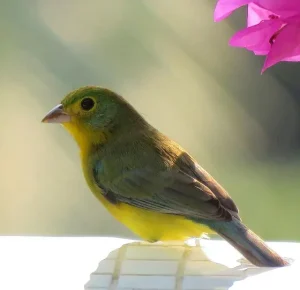 Fortunately, the orange-breasted bunting boasts a large range, which prevents it from meeting the criteria for vulnerability. However, it is important to note that conservation efforts and the protection of its natural habitat are crucial to ensure the continued existence of this captivating species.
Fortunately, the orange-breasted bunting boasts a large range, which prevents it from meeting the criteria for vulnerability. However, it is important to note that conservation efforts and the protection of its natural habitat are crucial to ensure the continued existence of this captivating species. 